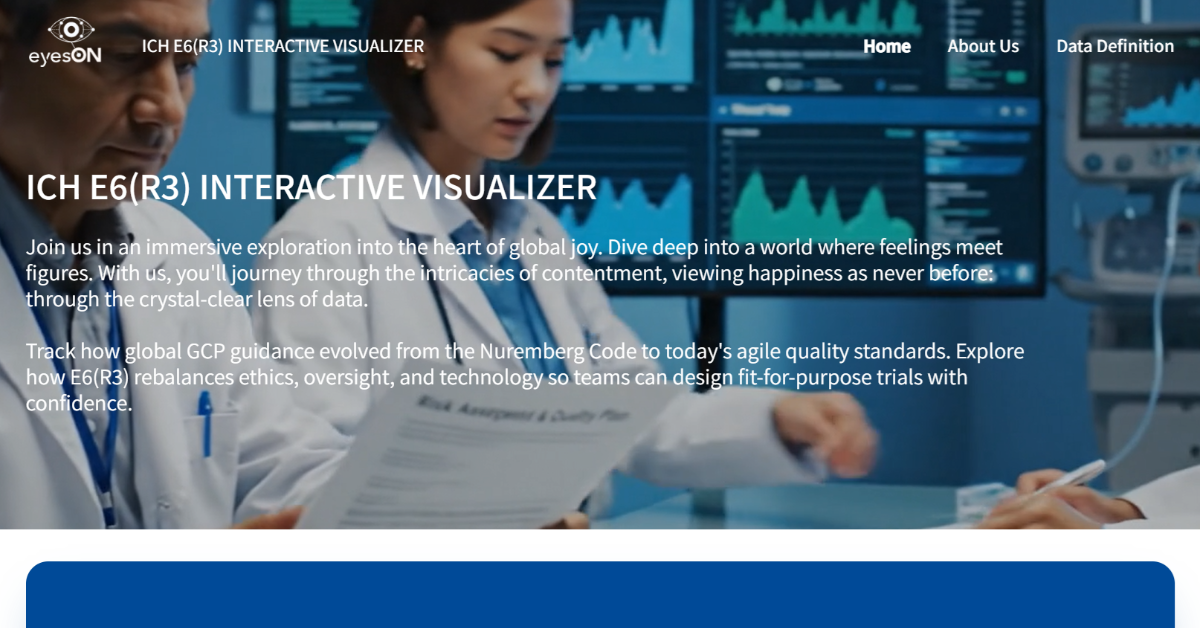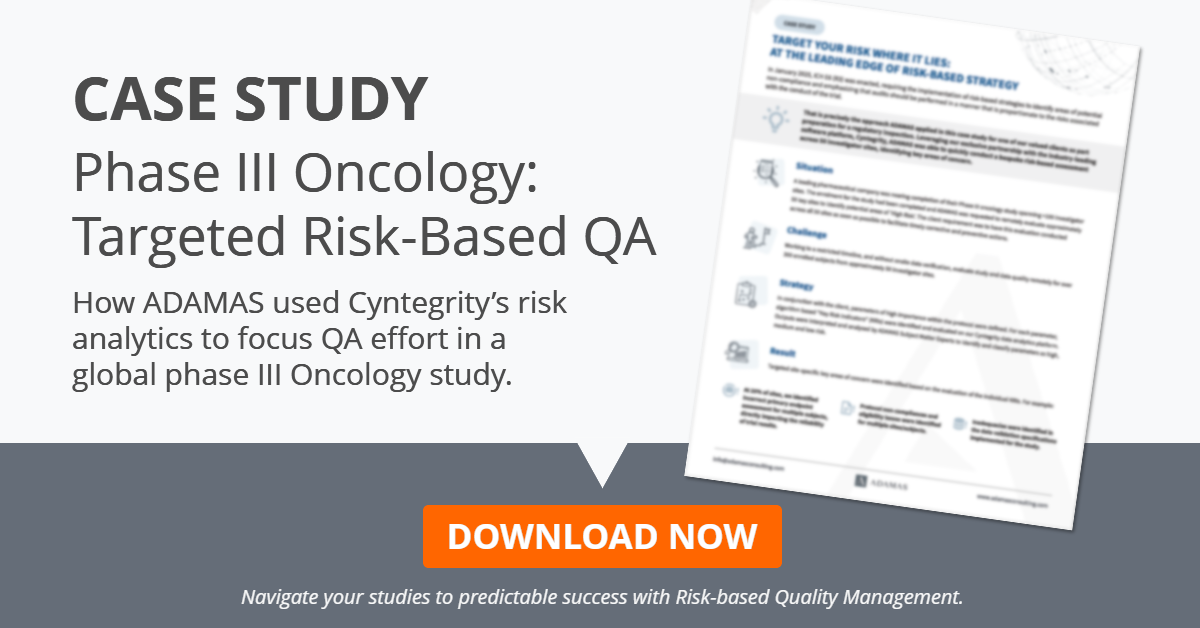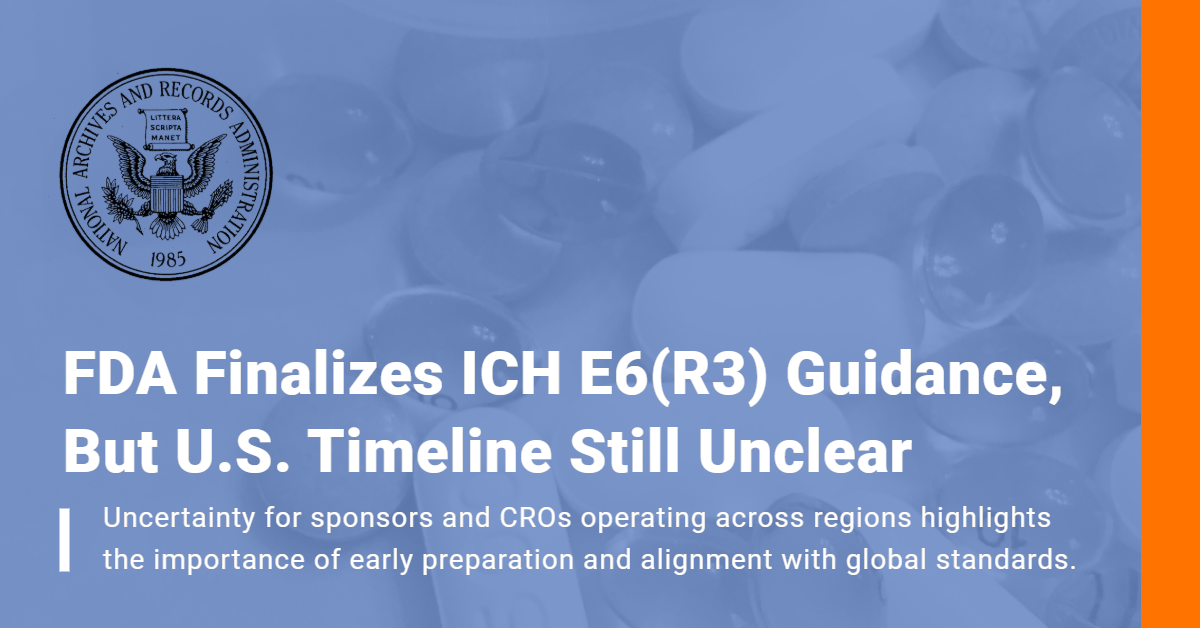Regulatory Clarity Meets Practical Application
The Medicines and Healthcare products Regulatory Agency (MHRA) has released Version 11.1 (October 2025) of its Guidance for Manufacturers on Clinical Investigations of Medical Devices. This latest revision provides important clarifications that influence how manufacturers, sponsors, and CROs plan and manage medical device investigations in Great Britain and Northern Ireland.
What Has Changed and Why It Matters
The MHRA’s October 2025 guidance update (v11.1) introduces refinements to simplify how clinical investigations for medical devices are handled across Great Britain and Northern Ireland.
The revisions provide greater clarity on submission routes, responsible-person requirements, and notification timelines, supported by updated MHRA flowcharts. These adjustments aim to streamline the approval process and ensure consistency with both UK MDR 2002 and EU MDR requirements.
For MedTech manufacturers, the update reinforces the importance of transparent documentation, well-structured study design, and proactive quality oversight — areas where Cyntegrity’s AI-enhanced RBQM ecosystem helps maintain compliance and inspection readiness throughout the device investigation lifecycle.
How Cyntegrity Enables Compliant, Data-Driven Device Investigations
At Cyntegrity, our mission is to make regulatory alignment and inspection readiness achievable through intelligent, risk-based quality systems.
The new MHRA guidance reinforces exactly what our AI-augmented RBQM ecosystem was built for: evidence-based oversight, traceability, and proactive quality control.
Our Capabilities that Map to MHRA Expectations
| MHRA Focus Area | How Cyntegrity Supports |
|---|---|
| Safety and performance verification | MyRBQM Portal’s Predictive Risk Signals module continuously evaluates site-level and device-specific risk indicators, supporting ISO 14155:2020 expectations for ongoing risk assessment. |
| Deviation management and corrective actions | The AI-Augmented Protocol Deviation Detection module identifies anomalies in real time—reducing undetected deviations and strengthening compliance documentation. |
| Data integrity and post-market follow-up | Subject Profiles and Central Monitoring features provide longitudinal tracking of subject-level safety data, facilitating post-market clinical follow-up (PMCF) analyses required under UK/EU MDR. |
| Ethical oversight and documentation readiness | Time-stamped audit trails, inspection dashboards, and configurable notification workflows support transparency for Ethics Committees and the MHRA alike. |
With these digital guardrails, MedTech sponsors can focus on clinical evidence generation rather than administrative rework.
Bridging RBQM and MedTech Education
To further support manufacturers and QA professionals preparing for UK MDR / EU MDR clinical investigations, Cyntegrity’s MyRBQM Academy is introducing a MedTech module within the RBQM Essentials White Belt program—launching November 2025. This new module translates regulatory principles (ISO 14155, EU MDR, UK MDR) into operational RBQM practice. By linking regulatory literacy with actionable risk management, participants will gain both compliance confidence and operational agility.
The Bigger Picture
The MHRA’s October 2025 guidance signals a continued commitment to clarity, transparency, and patient safety.
For manufacturers and sponsors, this means a sharper focus on data quality, risk-based oversight, and collaborative compliance.
Cyntegrity stands ready to partner with device sponsors who want to turn compliance into competitive advantage—empowering teams to design for quality, monitor by risk, and validate with confidence.







